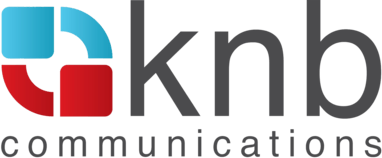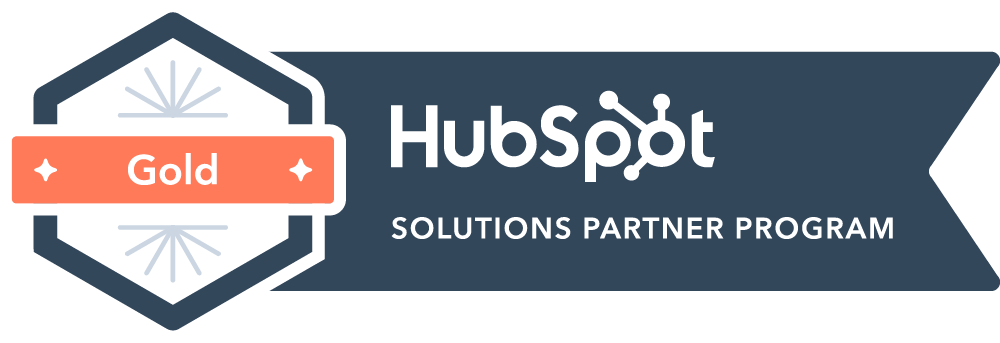By Beth Cooper, JD / MBA
The recent SAMPS webinar provided an insightful deep dive into life sciences marketing trends, particularly social media engagement, digital marketing challenges, and evolving scientist behaviors. Hosted by Mary Canady and monitored by David Weber, the discussion focused on survey results from both marketers and scientists to help businesses refine their demand and lead generation strategies for 2025. Here are the top actionable takeaways.
01. Social media is still critical—but life sciences marketers rely too much on LinkedIn
Key insight: While LinkedIn dominates life sciences marketing, relying only on one platform is risky.
What this means for us:
- Life sciences marketers should diversify their social media strategy to avoid losing reach if platform dynamics shift.
- YouTube and Instagram are the next most popular platforms, while Twitter/X is declining among scientists.
- Bluesky is gaining traction as an alternative to Twitter/X, with scientists migrating there for discussions.
Actionable tip: Expand beyond LinkedIn—test content on YouTube, explore Bluesky, and keep an eye on new platforms.
02. Email marketing and SEO still provide the best ROI
Key insight: First-party email marketing and SEO outperformed other digital marketing tactics in 2024.
What this means for us:
- Scientists and decision-makers trust direct email communications over paid ads or social content.
- SEO remains crucial—organic search visibility is still one of the most cost-effective lead generators.
- Google ads and paid search continue to be underutilized in life sciences marketing, despite being cost-effective.
Actionable tip: Focus on growing your email list and optimizing content for SEO to maximize organic reach.
03. Scientists want product information via webinars and lunch-and-learns
Key insight: Scientists prefer in-person and virtual events over other marketing channels for product education.
What this means for us:
- Local networking events and lunch-and-learns are an effective way to engage scientists.
- Webinars still perform well as a lead generation tool, as scientists actively seek product education.
- Company-hosted educational events are gaining traction—scientists value career development content.
Actionable tip: Invest in lunch-and-learns, educational webinars, and career-focused content to engage scientists authentically.
04. AI disruptions are inevitable, but scientists aren’t fully adopting it yet
Key insight: Scientists are not yet using AI-driven search tools like ChatGPT for product discovery.
What this means for us:
- AI-generated content is increasing on the web, and SEO strategies need to evolve accordingly.
- Scientists still prefer trusted sources like industry news and peer recommendations over AI search results.
- However, AI-powered content tools for imagery, marketing copy, and product naming are useful for marketers.
Actionable tip: Continue investing in human-written, authoritative content while using AI tools for content ideation and efficiency.
05. Marketers are missing podcasting and emerging influencer opportunities
Key insight: Podcasting is underutilized, but highly desired.
What this means for us:
- Scientists and marketers want to create podcasts but lack time and resources.
- Industry influencers have growing power—scientists follow independent blogs and thought leaders over traditional media.
Actionable tip: Partner with existing life sciences influencers and industry podcasters to tap into their audiences.
Final thoughts: the life sciences marketing playbook for 2025
So, recap on what life sciences marketers should do next?
- Diversify beyond LinkedIn—test emerging platforms like Bluesky
- Double down on email marketing and SEO—these remain the best ROI channels
- Host educational events and webinars—scientists want networking and learning opportunities
- Monitor AI-driven SEO shifts—but don’t fully rely on AI-generated content
- Leverage podcasting and influencers—scientists trust authentic, human-driven voices
Bottom line: Marketing in life sciences is evolving rapidly, but the brands that engage authentically, educate their audience, and leverage digital tools strategically will win in 2025.
What are your thoughts? Are you rethinking your life sciences marketing strategy for the year ahead? Let’s discuss.
Want to watch the whole webinar? Check out SAMPS’ YouTube channel.
AI disclosure: This blog was generated with the assistance of AI to enhance clarity, structure, and readability. All insights and takeaways are based on the original content of the SAMPS webinar, with my human review ensuring accuracy and alignment with industry best practices.


-2.png?width=1060&height=675&name=KNB%20blog%20images%20(3)-2.png)


.svg)
.svg)





